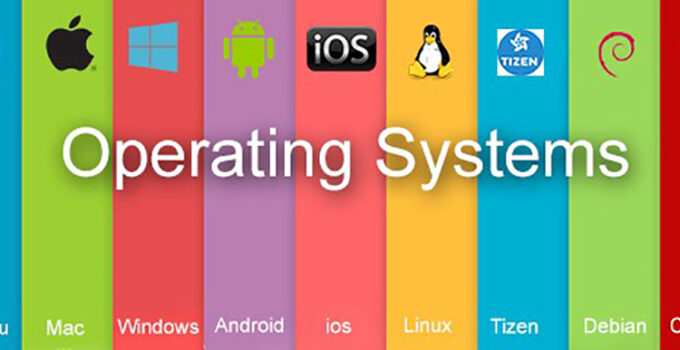Technology is expanding with each day, and so are operating systems. Their development over the years have been very much improved, but we can’t forget it had bad days too. We made a list of some of the most deplorable operating systems and we bring you that in historical order, from oldest to newest. Let’s take a look.
Page Contents
1. OS/360, 1964
The Mythical Man-Month, the book on how software development fails, was written by Fred Brooks, the man who was project manager of the first version of OS/360.
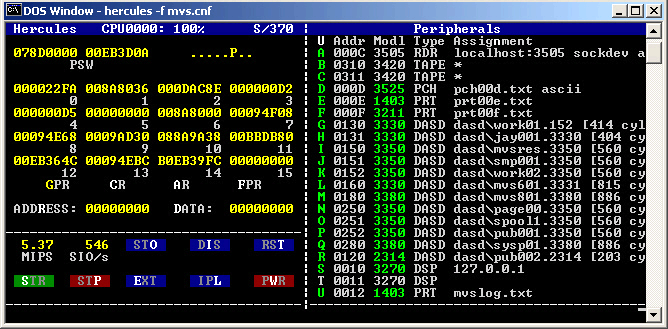
img source: jaymoseley.com
This version had flaws in control programs, required more memory than planned, was slow, and was over budget by several times the original estimate. Brooks did give us a book on how not to develop software, and he said it was a software developer’s Bible, since „everybody reads it, but nobody does anything about it“.
2. ITS (Incompatible Timesharing System), late 1960s
This OS had so much flaws, including no security at all, like no passwords were required for anything, was written in DEC PDP-6 and PDP-10 assembly language that supported one mono-case, and six-character filename per directory.
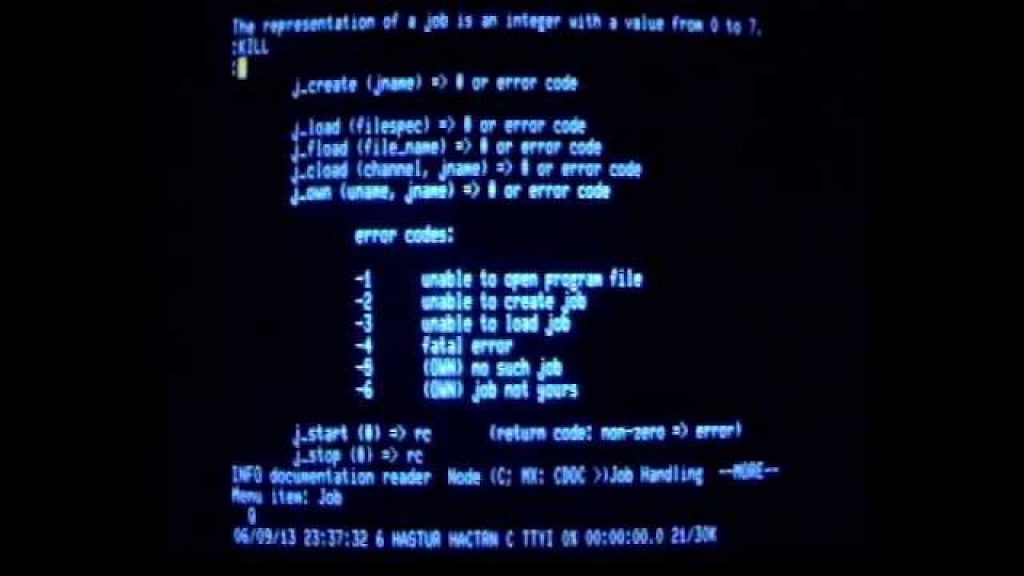
img source: YouTube
Yet, this OS was important. Why? Because many its programs are still in use today, including Emacs editor and Lisp language.
Steve Levy wrote about ITS in his book Hackers. If you want to know more, make sure you read it.
3. GNU Hurd, launched in 1983, still incomplete
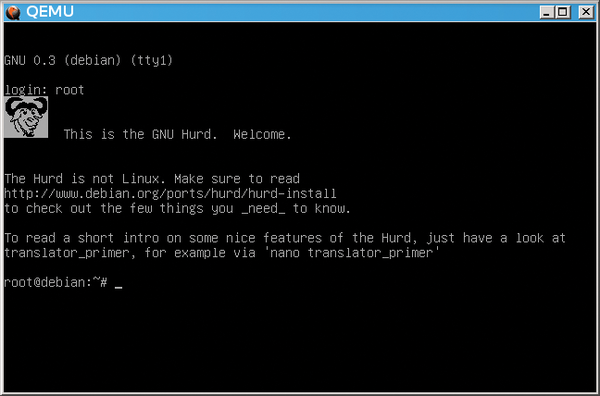
img source: linux-magazine.com
In 1983 GNU was supposed to become a future replacement for Unix, but it was made up entirely of free software. Hurd was his kernel and it is still incomplete. This OS was unusable. A set of a good ideas became something that was never actualized.
4. Windows 1.01, 1985
This OS shipped two years late and didn’t work well. Microsoft’s first attempt to make a good graphical user interface failed. Plus, there was nothing that would run on it.
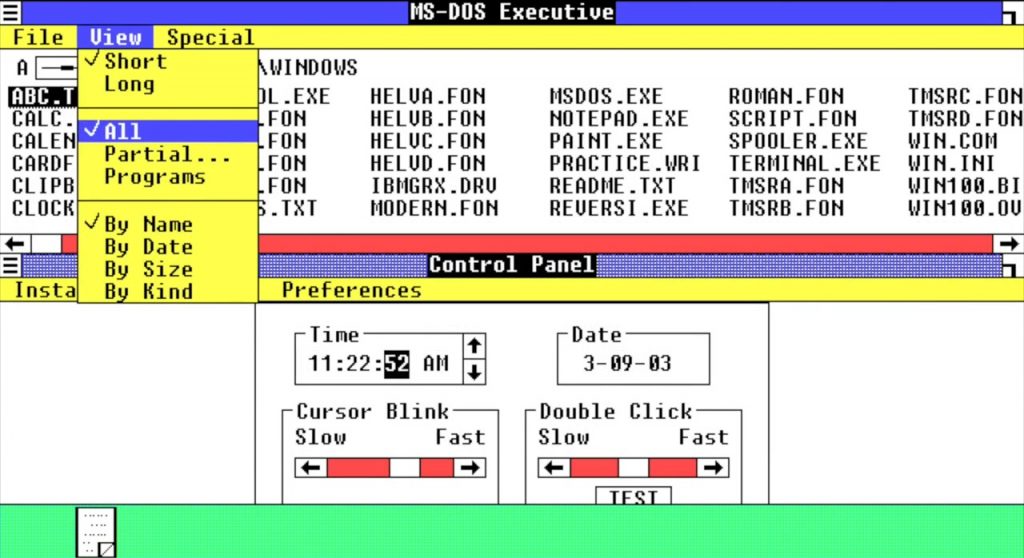
img source: 9am.ro
On the top of that, Mac was offering System 2.1 which included AppleTalk networking, PostScript printing and Hierarchical File System, at the time Windows 1 was launched.
5. MS-DOS 4.0, 1988
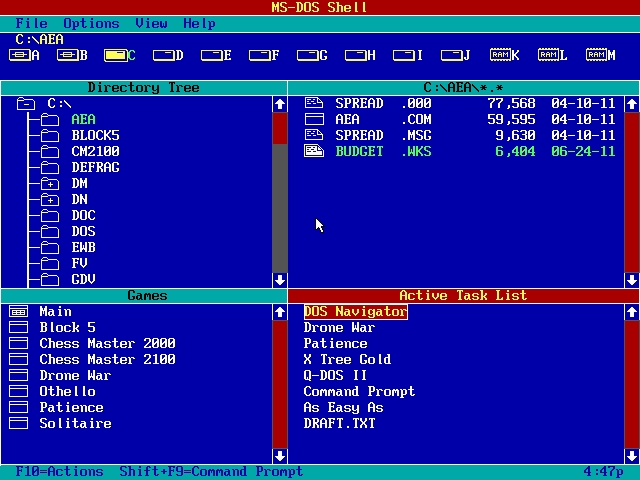
img source: cleanposts.com
MS-DOC 4.0. had many bugs, including the one where your program would just freeze up completely in the middle of a task. So users would either go back to MS-DOC 3.3 or transfer to Digital Research’s DR-DOS 3.41.
6. SCO Open Desktop, 1989
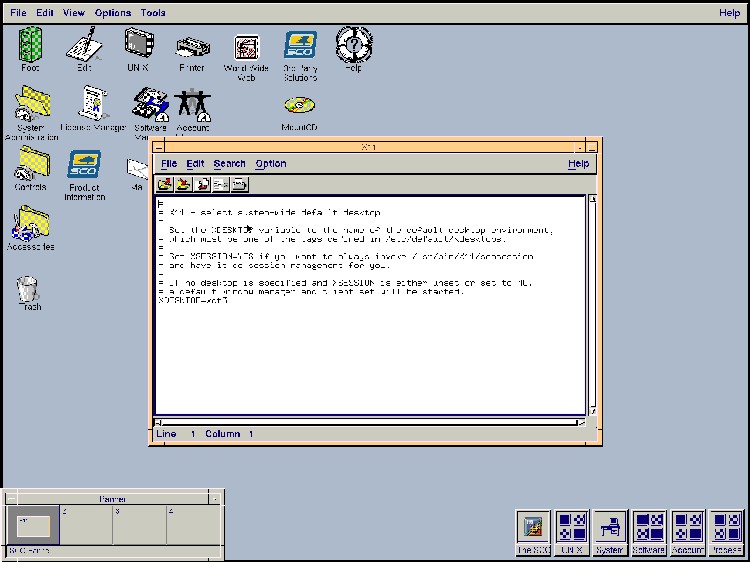
img source: writeopinions.com
Good thing about this OS was it was the first 32-bit Unix with a graphical interface. Bad thing was they called it Open Deathtrap, and here is why. Editors were freezing up and copilers would bring the whole system to a core dump.
7. JavaOS, 1996
In 1996 Java wasn’t very sane choice of language. It was extremely slow.
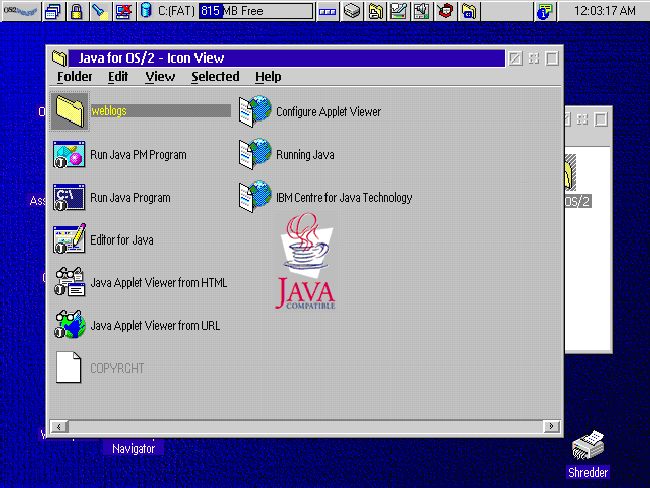
img source: gearburn.com
Although this OS was designed to run on network computers and embedded systems, it didn’t go very well. Sun’s JavaStation network computer was the only commercial use of this OS. In 2006 it experienced its end.
8. Windows Me (Millennium Edition), 2000
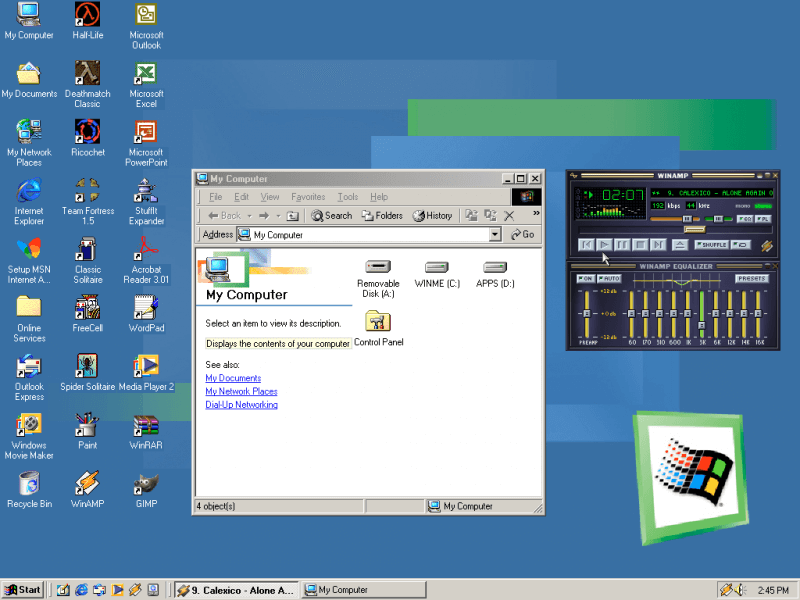
img source: techspot.com
Slow, ustable, and incesure are the adjectives to describe this OS. It was sold for only a little more than a year, and after that it was sure that Microsoft need to end it.
9. Lindows/Linux XP Desktop, 2001/2006
This collaboration of Windows and Linux turned out to be wrong. They wanted to make an OS who will run all Windows applications on Linux, but it wasn’t a success.
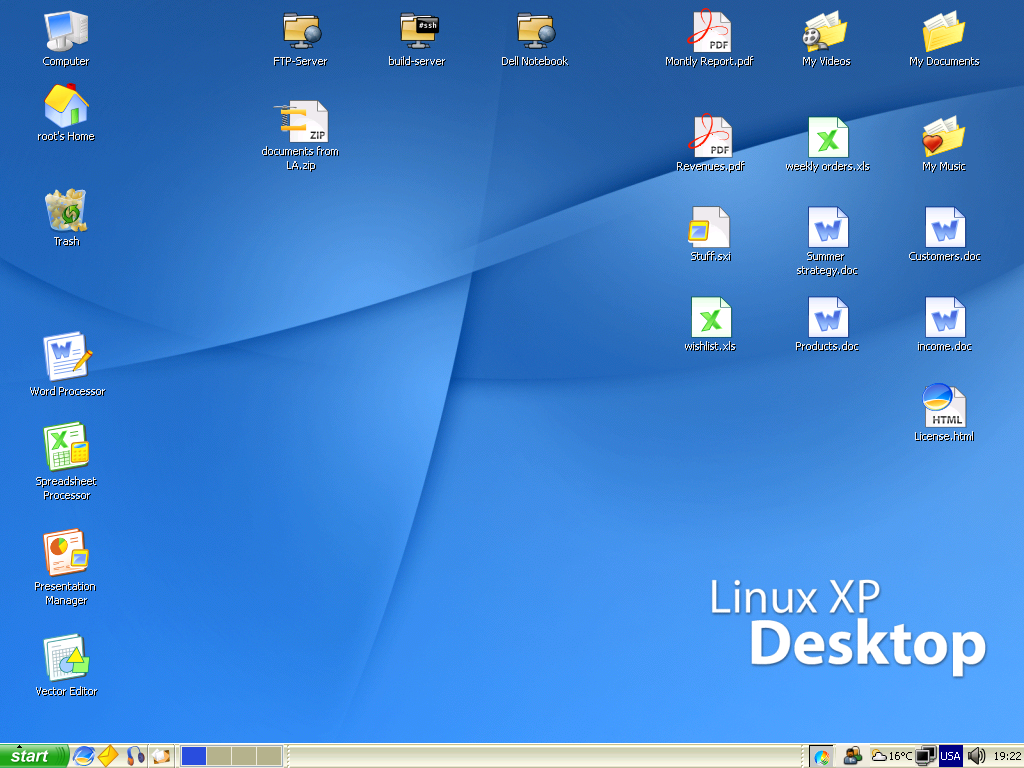
img source: Wikipedia
In case you really want to use Linux but run Windows applications on it, make sure you get CodeWeavers’ CrossOver Linux.
10. Windows Vista, 2006
Microsoft’s corporate vice president of Windows product management wrote: „I chose my laptop (a Sony TX770P) because it had the Vista logo and was pretty disappointed that it not only wouldn’t run [Aero], but more important wouldn’t run [Windows] Movie Maker. … Now I have a $2,100 e-mail machine.“
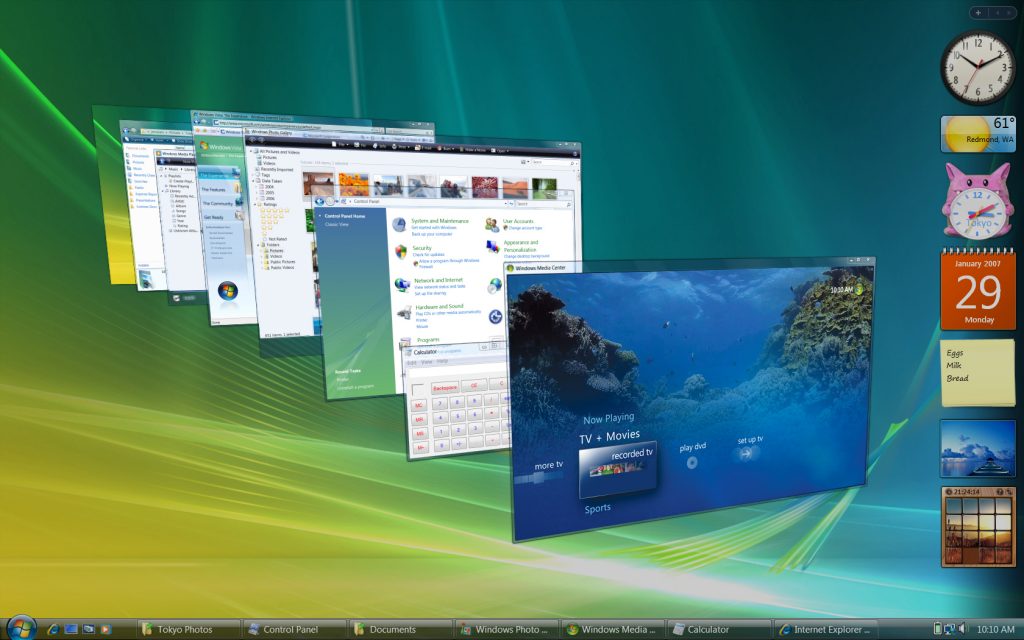
img source: auslogics.com
So it is safe to say this OS was expensive and had so many software incompatibilities.
Is there some OS you would include in our list? Make sure you share your thoughts about these OS in the comment section down below.

